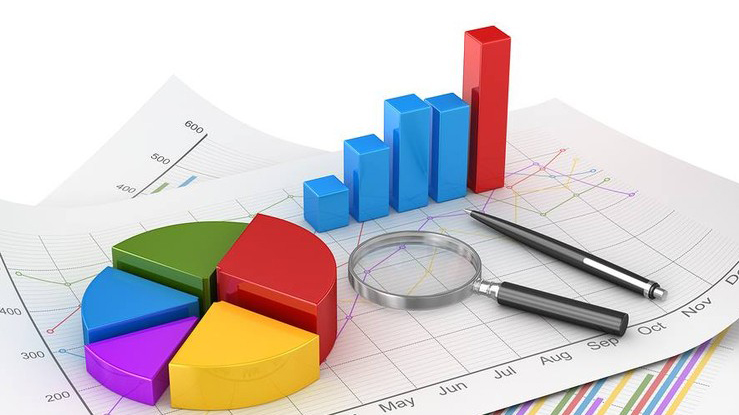FINANCIAL MODELING

Financial modeling is the process of creating a summary of a company's expenses and earnings in the form of a spreadsheet that can be used to calculate the impact of a future event or decision. A financial model has many uses for company executives.
A financial model is simply a tool that’s built in to forecast a business’ financial performance into the future. The forecast is typically based on the company’s historical performance, assumptions about the future, and requires preparing an income statement, balance sheet, cash flow statement, and supporting schedules (known as a 3 statement model). From there, more advanced types of models can be built such as discounted cash flow analysis (DCF model), leveraged-buyout (LBO), mergers and acquisitions (M&A), and sensitivity analysis.
What is a financial model used for?
The output of a financial model is used for decision making and performing financial analysis, whether inside or outside of the company. Inside a company, executives will use financial models to make decisions about:
• Raising capital (debt and/or equity)
• Making acquisitions (businesses and/or assets)
• Growing the business organically (i.e. opening new stores, entering new markets, etc.)
• Selling or divesting assets and business units
• Budgeting and forecasting (planning for the years ahead)
• Capital allocation (priority of which projects to invest in)
• Valuing a business